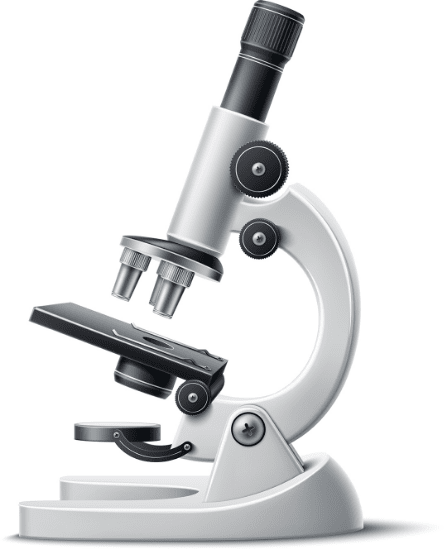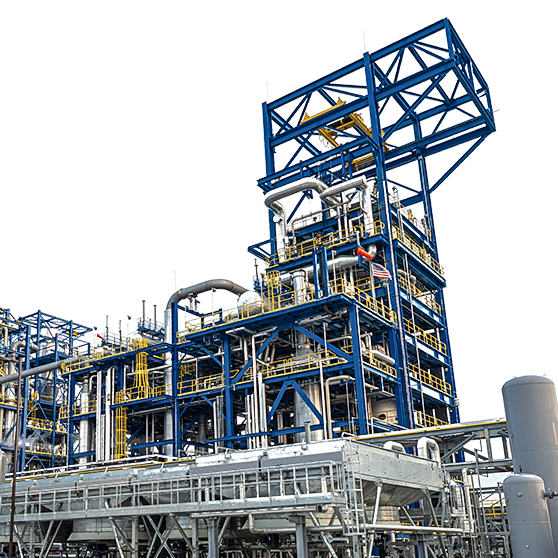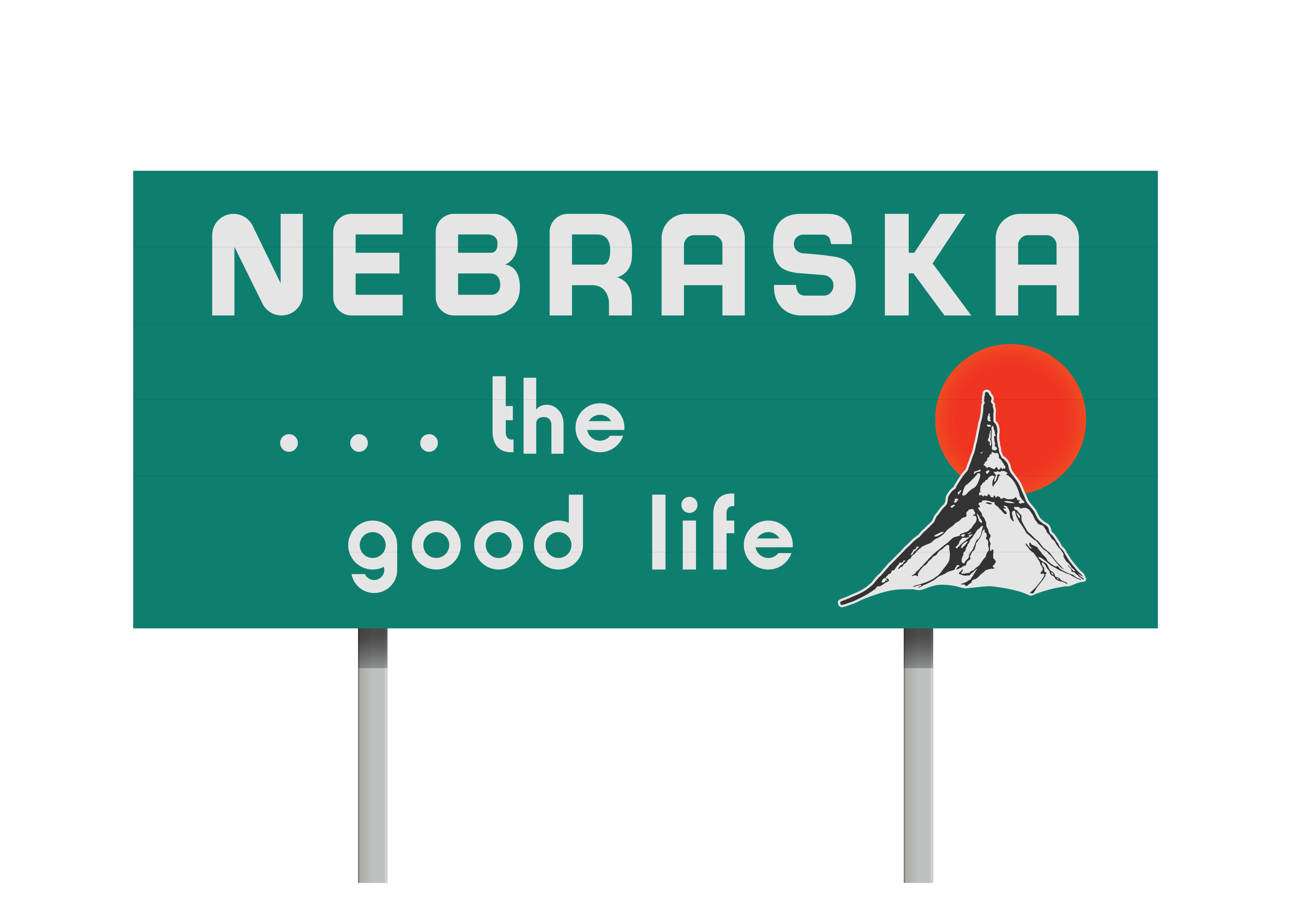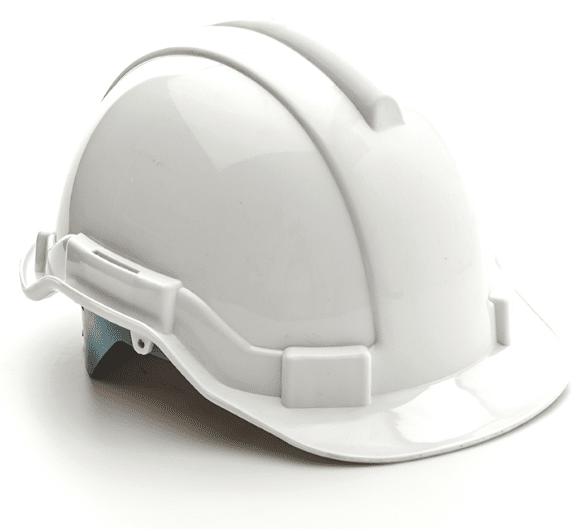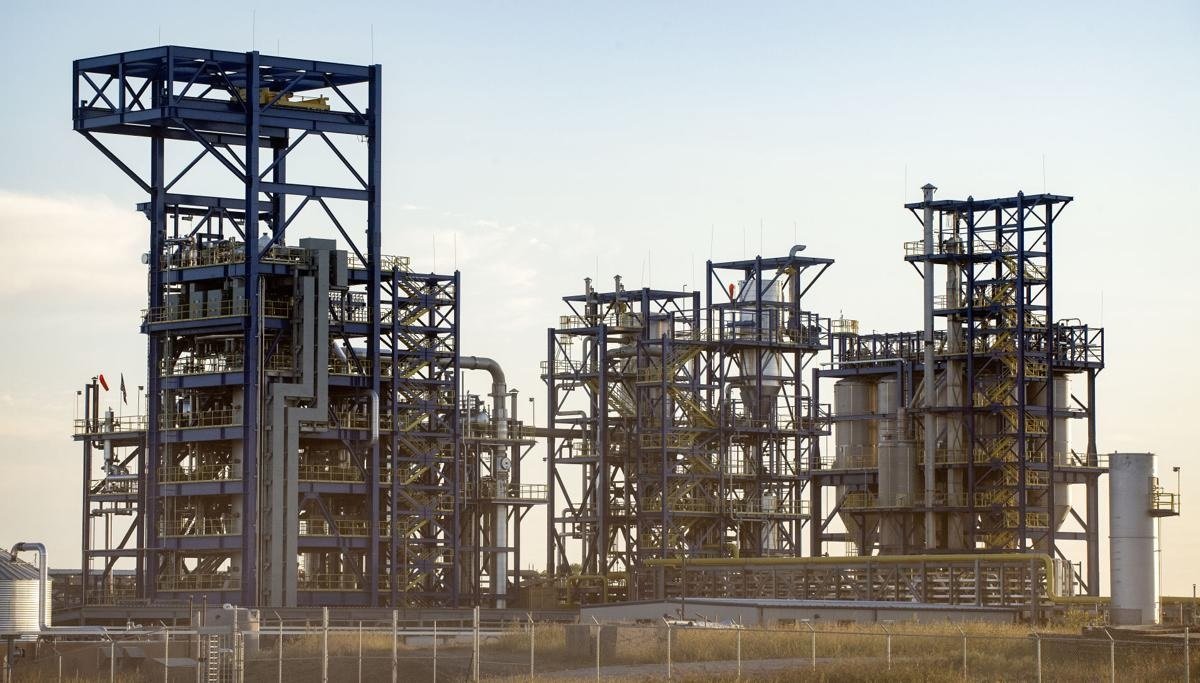
Monolith to Build Anhydrous Ammonia Plant Near Hallam to Use Hydrogen
Matt Olberding – Hallam, Nebraska — Monolith Materials announced earlier this year that it won't sell the hydrogen it produces as a byproduct of its carbon black manufacturing plant to Nebraska Public Power District as originally planned.
But that hydrogen will still go to a local use.
Monolith, which built the first phase of its manufacturing plant next door to NPPD's Sheldon Station near Hallam, announced Tuesday that it will build an anhydrous ammonia plant as part of its second phase.
The plant will take the hydrogen produced in the carbon black process, which currently is being vented into the atmosphere, and combine it with nitrogen to produce the liquid fertilizer that so many farmers rely on.
Monolith CEO Rob Hanson said the ammonia will be produced through a "clean" process, using hydrogen from the carbon black plant and nitrogen from the air, leading to no additional carbon dioxide emissions.
That's a big deal, he said, as the anhydrous ammonia industry accounts for about 1% of global CO2 emissions.
"Being able to produce one of the world's most essential products in a way that is carbon-free is a significant step not only for our company but for the industry and even society as a whole," Hanson said.
Producing anhydrous ammonia locally also will help cut down on the amount that has to be imported. Currently, he said, states in the Corn Belt import about 1.75 metric tons of anhydrous ammonia annually from plants on the coasts.
Monolith's plant, which will produce about 275,000 metric tons annually, "won't totally displace the imports coming into the region, but it helps push back on it a little bit," Hanson said.
The company plans to sell the ammonia it produces to farm cooperatives in the region, he said, and has already had meetings "with a number of them."
Monolith originally chose the site next to Sheldon Station because NPPD planned to convert one of the power plant's boilers to run on hydrogen, which it planned to buy from Monolith.
However, the companies jointly announced in July that two years of study had shown the plan was not financially feasible. In August, Hanson told the Journal Star that Monolith had "gone back to the drawing board" to find another use for the hydrogen it produces.
Of course, before Monolith can build the ammonia plant, it has to move forward with plans for the second phase of its carbon black plant.
Currently, the company has a plant south of Sheldon Station with the capacity to produce about 14,000 tons annually of carbon black, a powdery substance that's used in tires, inks, plastics and other products.
The plant came online in June and produced its first batch of carbon black last month. Hanson said that batch is undergoing quality testing and that the plant should start sending out its first shipments of carbon black to customers in the next few weeks.
The current plant cost about $100 million and took more than three years to build. Hanson said the second-phase plant, which will be north of the existing plant, will be about 12 times as large and cost about $1 billion.
However, its footprint will only be about double the existing plant, which means construction will not take significantly longer. He said plans are to break ground sometime next year and have it up and running in 2024.
Once the new carbon black and ammonia plants are complete, it should lead to roughly a doubling of the company's current workforce, which includes about 90 people total, 40 of whom work at the plant near Hallam.
"Monolith Materials' new plant in Hallam will grow Nebraska by creating great-paying jobs," Gov. Pete Ricketts said in a statement. "The fertilizer it produces will also help our farmers enrich the soil they cultivate by replenishing vital nutrients."
With the hydrogen issue resolved, the big hurdle left in planning for the plant expansion is water use.
Monolith caused a stir earlier this year when it estimated the expansion would need anywhere from 2 billion to 4 billion gallons of water per year, which is used for cooling.
Hanson, however, said those projections were in error and the amount was more in the range of 320 to 400 million gallons per year.
For more information visit www.journalstar.com.
<< Back

